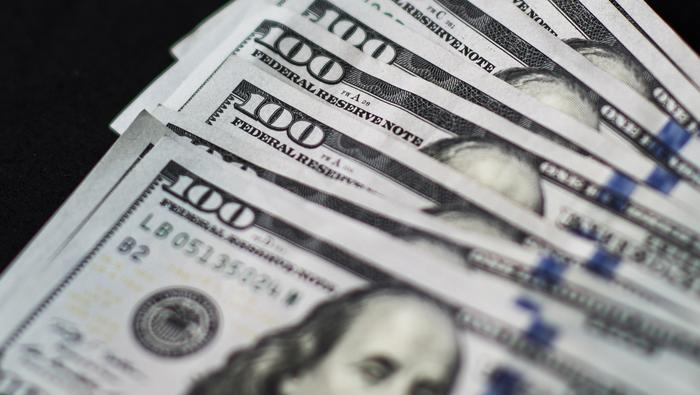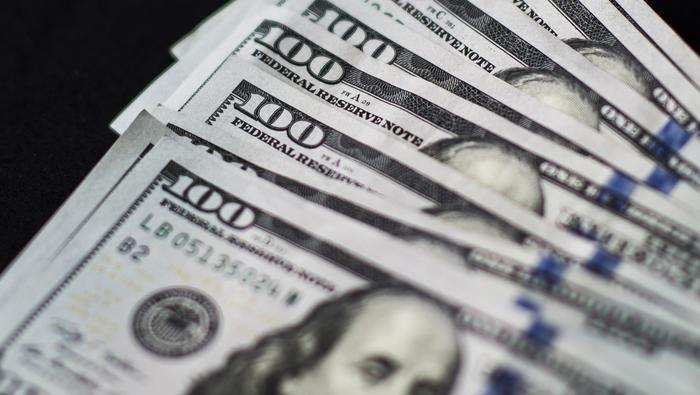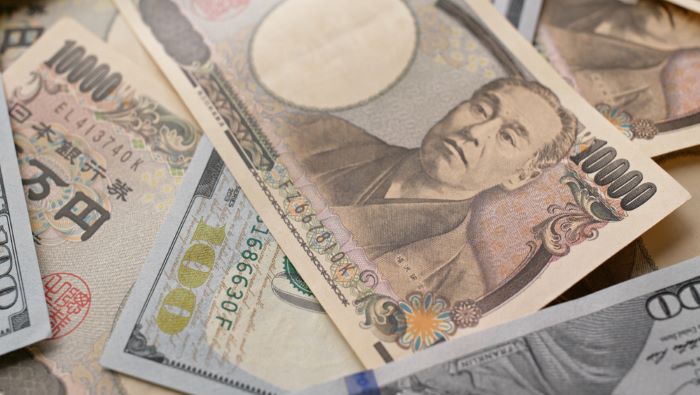US Dollar, Singapore Dollar, Indonesian Rupiah, Philippine Peso, Malaysian Ringgit – Talking Points
- US Dollar gained against SGD, IDR, PHP amid Nasdaq 100 declines
- Market mood may sour further, risking emerging market capital flight
- Are US-China tensions heating up again? Bank of Malaysia is ahead
US Dollar ASEAN Weekly Recap
The haven-oriented US Dollar cautiously gained against its ASEAN counterparts this past week as signs of volatility resurfaced in financial markets. The Singapore Dollar, Philippine Peso and Indonesian Rupiah weakened as the tech-heavy Nasdaq Composite fell the most since over the course of 5 days since March. A dismal US ISM services report may have spooked investors, resulting in capital flight.



The Singapore Dollar was even unable to find support on less-than-dismal local retail sales data, highlighting the focus for USD/SGD on external risk. A notable standout last week was the Malaysian Ringgit which slightly outperformed the US Dollar, see chart below. Most of its gains occurred after local markets reopened after the National Day holiday on Monday. USD/MYR then proceeded to trade largely sideways.
Discover your trading personality to help find optimal forms of analyzing financial markets
Last Week’s US Dollar Performance
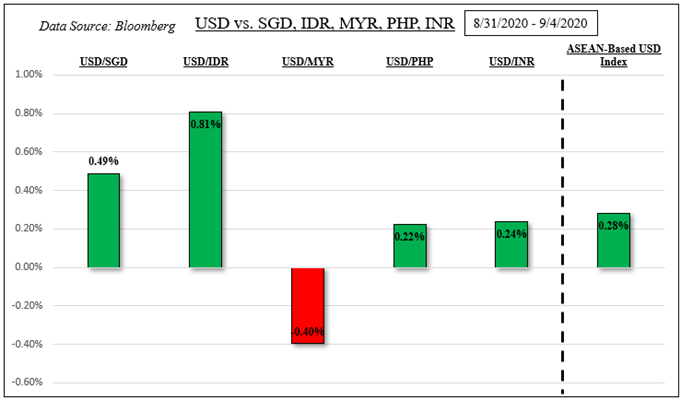
*ASEAN-Based US Dollar Index averages USD/SGD, USD/IDR, USD/MYR and USD/PHP
External Event Risk – Volatility, US-China Economic and Security Review Commission
The rise in the VIX ‘fear gauge’ could place the US Dollar on the offense in a historically volatile month for equities. US markets are offline Monday for the Labor Day holiday, creating an environment ripe for volatility due to thinner-than-usual liquidity conditions. If last week’s risk aversion compounds further, we could see the Greenback regain some lost ground against its ASEAN counterparts.
The US economic calendar docket is relatively quiet this week. Investors may focus on the US-China Economic and Security Review Commission on Wednesday. It will hold an annual hearing on developments this year. Lately, US-China tensions seem to be rising heading into the November Presidential Election, particularly around technology. Further unease between the two powerhouses could boost USD.
What risks could be in store for financial markets if US-China tensions heat up? Join me at 00:00 GMT on September 10 for an overview !
ASEAN, South Asia Event Risk – Bank of Malaysia, Philippine Trade Data, India Industrial Production
A top-tier event risk within the ASEAN region will be the Bank of Malaysia rate decision on Thursday. Economists anticipate that the overnight policy rate may remain unchanged at 1.75%. Traders may focus on the central bank’s latest assessment on economic conditions. The second-quarter GDP plunge was worse-than-expected. With that in mind, the Ringgit could weaken if policymakers paint a bleak picture for growth.
Before the Bank of Malaysia, USD/PHP will be eyeing Philippine trade data. Exports are anticipated to shrink 9.9% y/y in July, softer than the -13.3% prior outcome. On Friday, USD/INR will be awaiting the latest readings on Indian industrial production. With these in mind, the risk of emerging market capital flight ahead could maintain the focus for these currencies on external threats.



On September 4th, the 20-day rolling correlation coefficient between my ASEAN-based US Dollar index and my Wall Street index was -0.82 versus -0.80 from one week ago. Values closer to -1 indicate an increasingly inverse relationship, though it is important to recognize that correlation does not imply causation.
ASEAN-Based USD Index Versus Wall Street Index – Daily Chart
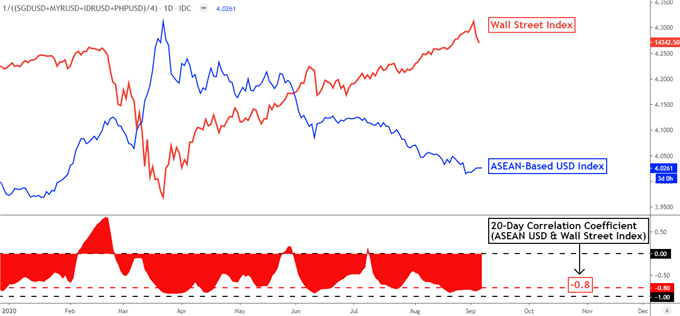
Chart Created Using TradingView
*ASEAN-Based US Dollar Index averages USD/SGD, USD/IDR, USD/MYR and USD/PHP
*Wall Street Index averages S&P 500, Dow Jones and Nasdaq 100 futures
-- Written by Daniel Dubrovsky, Currency Analyst for DailyFX.com
To contact Daniel, use the comments section below or @ddubrovskyFX on Twitter


